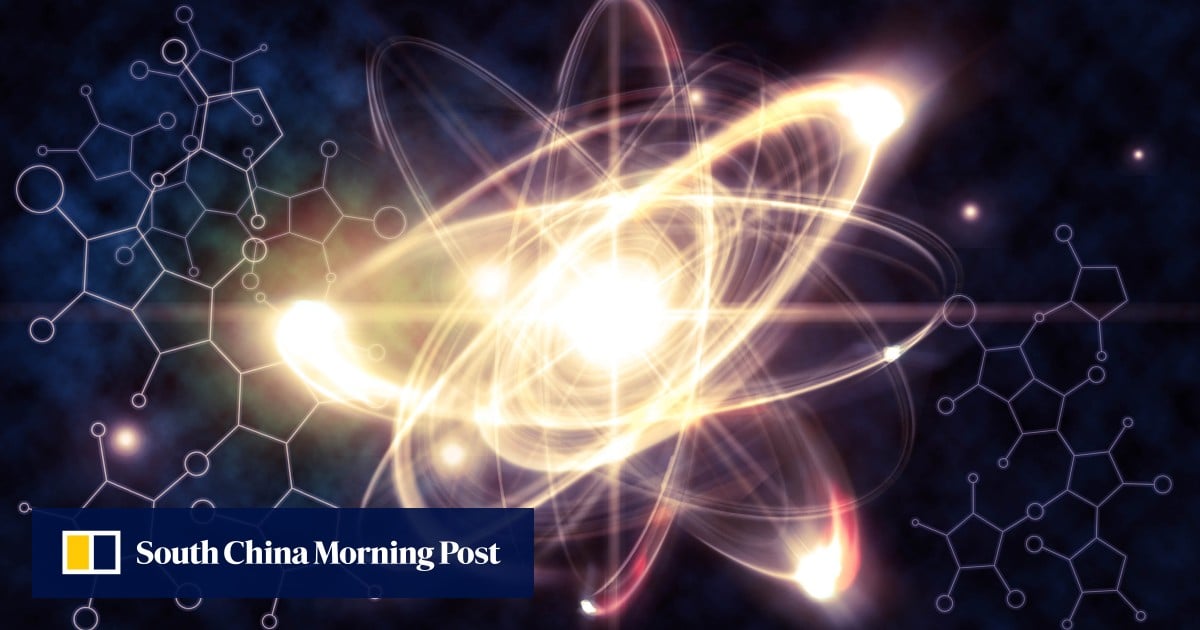This is big, and insanely ambitious: China now plans to have an operational fusion-fission nuclear power plant by 2030, in less than 5 years
What's more, the "Q value" (simply put: how much energy you get out compared to what you put in) that the project aims for is more than 30. In other words, for every unit of energy used to run the reactor, they aim to produce 30 units back.
For comparison, the International Thermonuclear Experimental Reactor (ITER) under construction in France is targeting a Q value above 10. And the US National Ignition Facility achieved a Q of only 1.5 in 2022.
Meaning that if this materializes, it would put China approximately 5-15 years ahead of most major international fusion energy projects, potentially giving them a 1-2 decade lead in practical fusion-derived energy production.
The key to China's approach is the hybrid fusion-fission design, basically combining two types of nuclear reactions in one plant. Regular nuclear plants today use fission (splitting atoms), while fusion (merging atoms) is the "holy grail". It's the same type of nuclear reaction that powers the sun, and could hypothetically deliver virtually unlimited energy for billions of years.
Rather than pursuing pure fusion (which is much harder), Xinghuo will use fusion reactions to create neutrons (high-energy particles). These neutrons then hit a surrounding layer of uranium or thorium, causing those materials to split in traditional nuclear reactions.
This approach acts like an energy multiplier. Each fusion reaction triggers multiple fission reactions, so the fusion part doesn't need to be super efficient on its own. It's like using a small match to light a much bigger fire – making the technical challenge significantly easier while still tapping into fusion's potential.
It's described in the name: Xinghuo means "spark" from Mao Zedong's quote "A single spark can start a prairie fire". It's exactly what the technology is, the fusion is the spark and the fission the prairie fire.
There's also talk (
https://asiatimes.com/2023/11/chinas-jiangxi-to-build-a-fusion-fission-reactor/) that China might be using an innovative Z-pinch design for the reactor. Unlike the more common tokamak approach used in ITER and other projects, Z-pinch creates fusion conditions by rapidly compressing plasma with powerful magnetic fields.
This, combined with China's recent success in plasma confinement (their EAST tokamak recently sustained plasma for over 1,000 seconds—a world record:
https://physicsworld.com/a/chinas-experimental-advanced-superconducting-tokamak-smashes-fusion-confinement-record/), suggests they've potentially identified a faster path to practical fusion energy.
All in all, while the 2030 timeline is undeniably extremely aggressive, China has a pretty strong track record of meeting or even beating deadlines on complex technological and infrastructure projects.
If Xinghuo succeeds anywhere near its timeline, it'd mean that for all intents and purposes humanity will have harnessed the power of stars, likely propelling us into a whole new age.
If 100 megawatt hybrid plant is on schedule, it could put China decades ahead of comparable efforts in the rest of the world.

www.scmp.com



